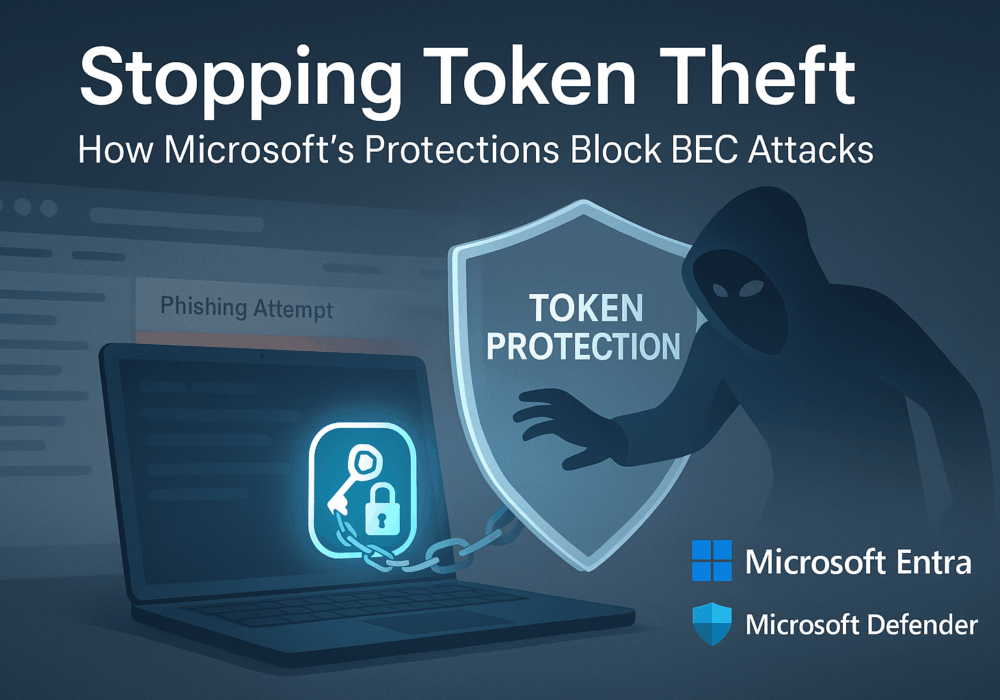Read-Only Memory (ROM) is storage technology that permanently stores data in a chip built into computers and other electronic devices. ROM includes the most basic programming needed to start a computer, often referred to as Basic Input/Output System (BIOS). Your BIOS holds the program and software instructions to boot up your computer.
Because ROM is read-only, it is not easily changed. To update ROM you need to perform a “Flash” of the ROM which means it is critical that power not be interrupted or else the computer in which the ROM sits may no longer function at all. Once Flashed, ROM is permanent and non-volatile, meaning it also holds its memory even when the power source is removed. By contrast, random access memory (RAM) is volatile; losing data when a power source is removed.
Source: Techopedia, Classmate
Related Terms: Random Access Memory (RAM), RAM Disk
Memory is arguably the most important part of a computer considering the computer cannot perform basic tasks without it. ROM and RAM are both necessary in your machine. No machine has just one memory storage tool. Although it’s not necessary to choose which tool you use for your devices, it’s a good idea to understand how your data is stored in them. Take a look below at some of the pros and cons of this memory tool:
Discover and share the latest cybersecurity trends, tips and best practices – alongside new threats to watch out for.

Welcome to our two-part blog series on Microsoft’s new email security enhancement now included in Office 365 P1...
Read more
"Being an MSP today is like wearing a neon sign that says, ‘Hack me! I’m the gateway to 100...
Read more
Ever had your phone suddenly lose service for no reason, followed by a flood of “reset your password”...
Read moreGet sharper eyes on human risks, with the positive approach that beats traditional phish testing.
